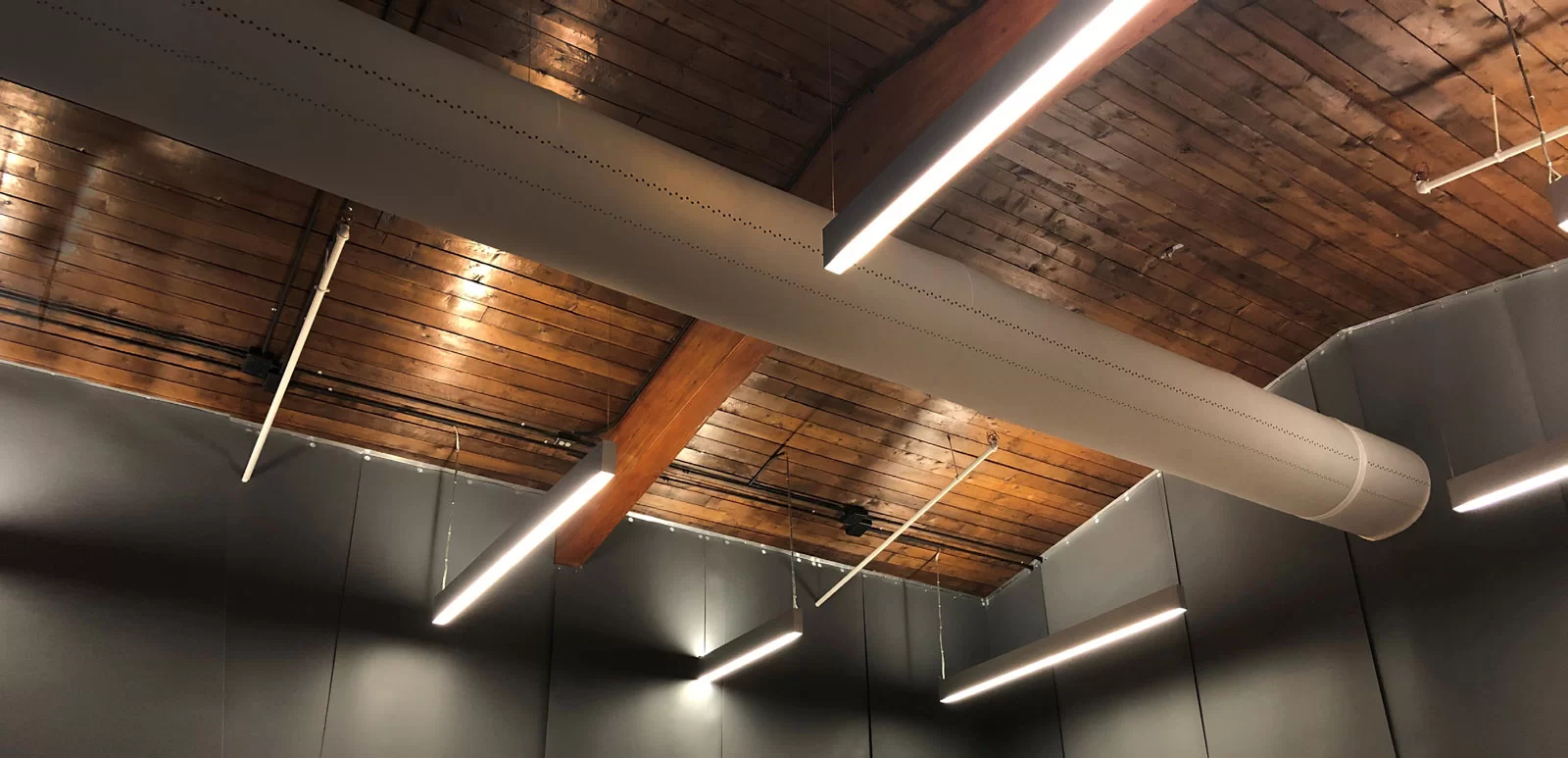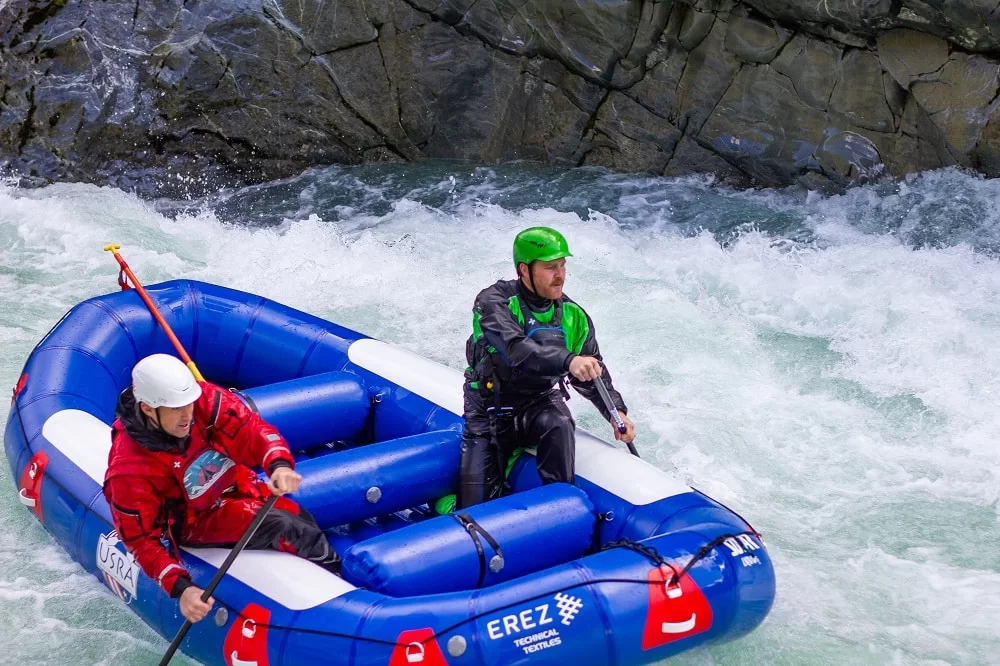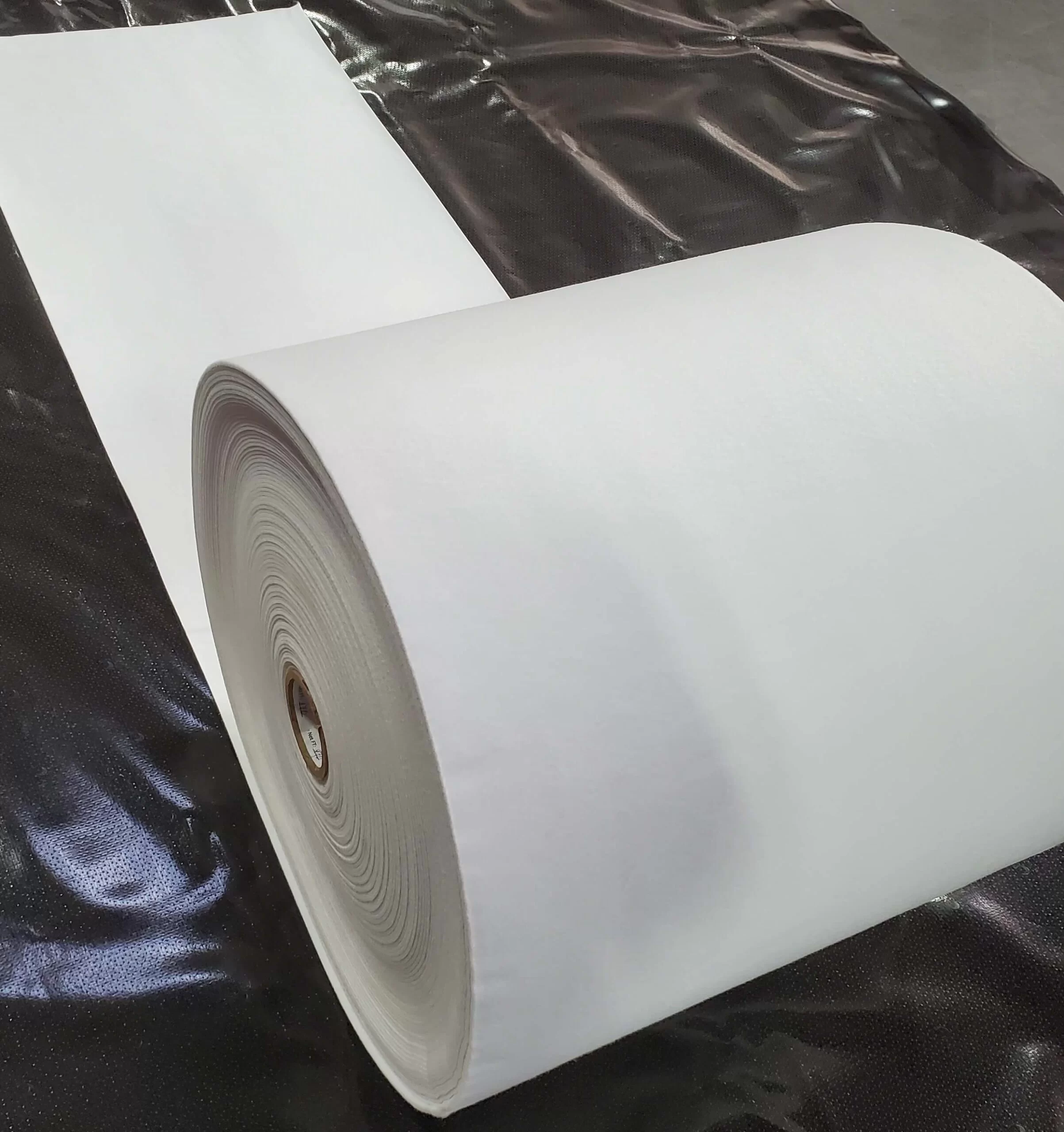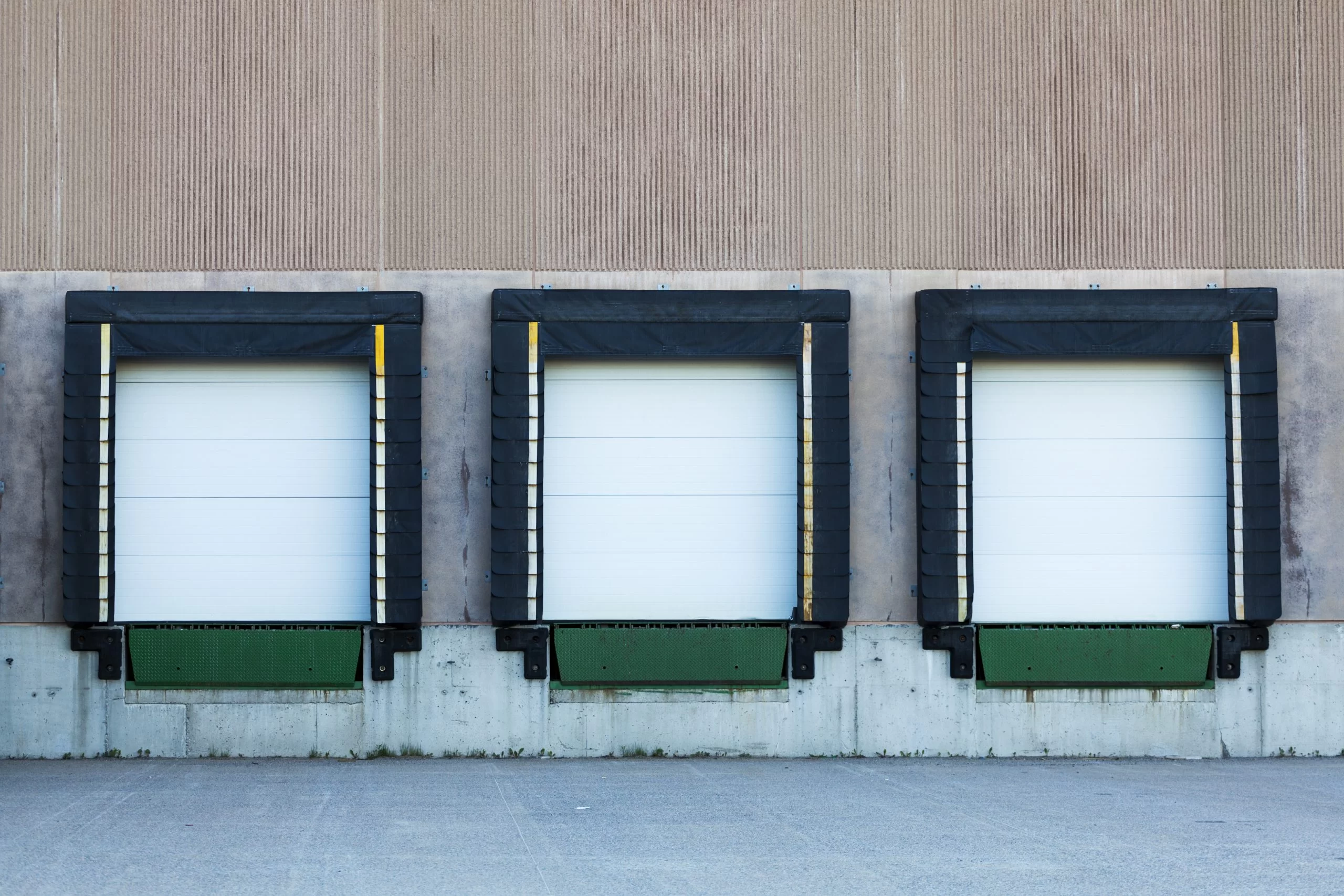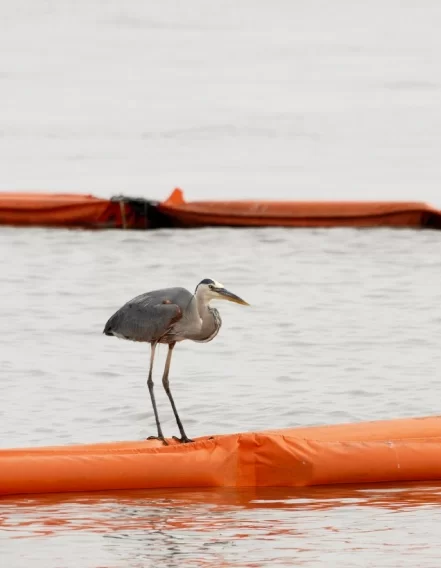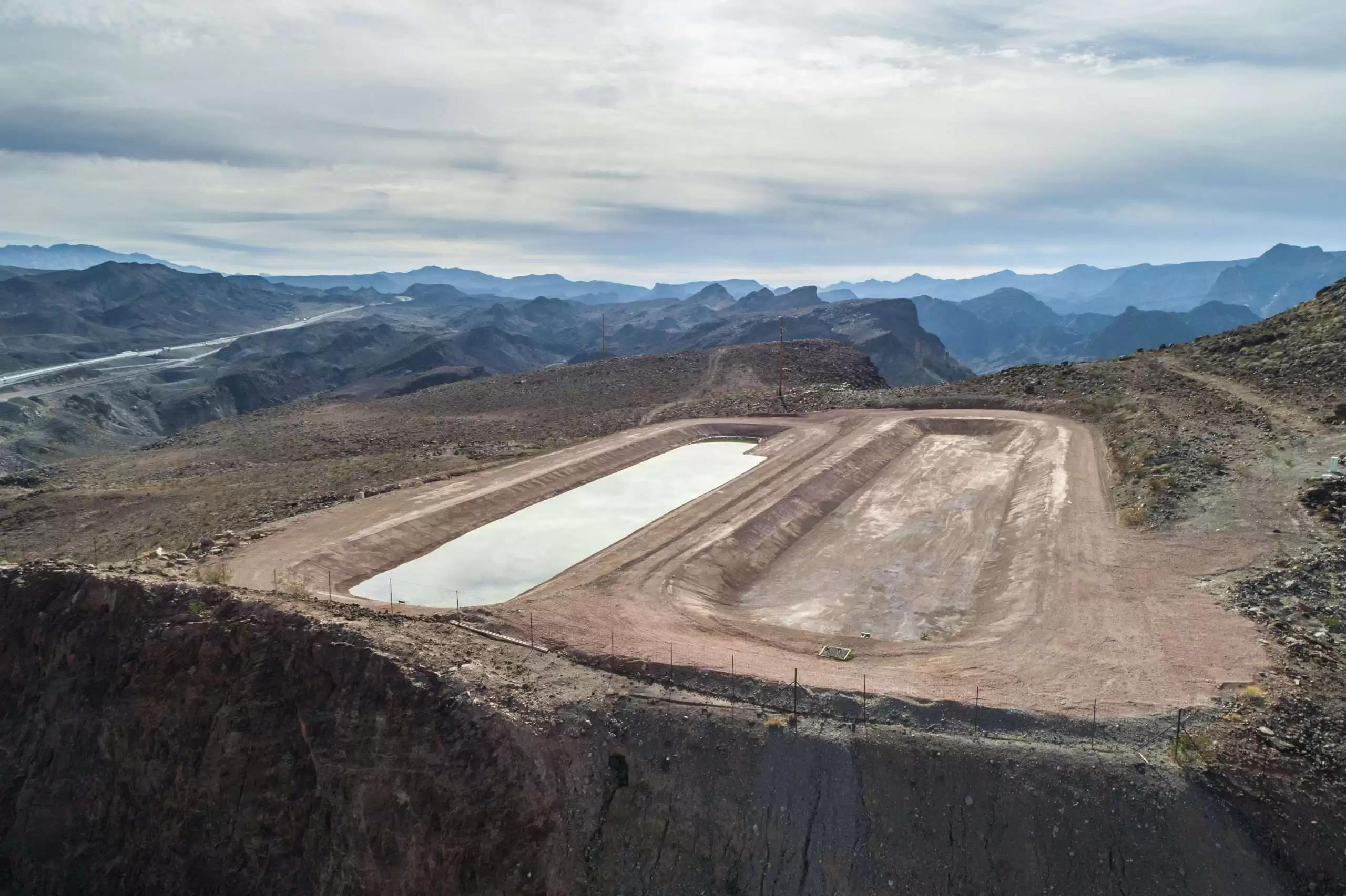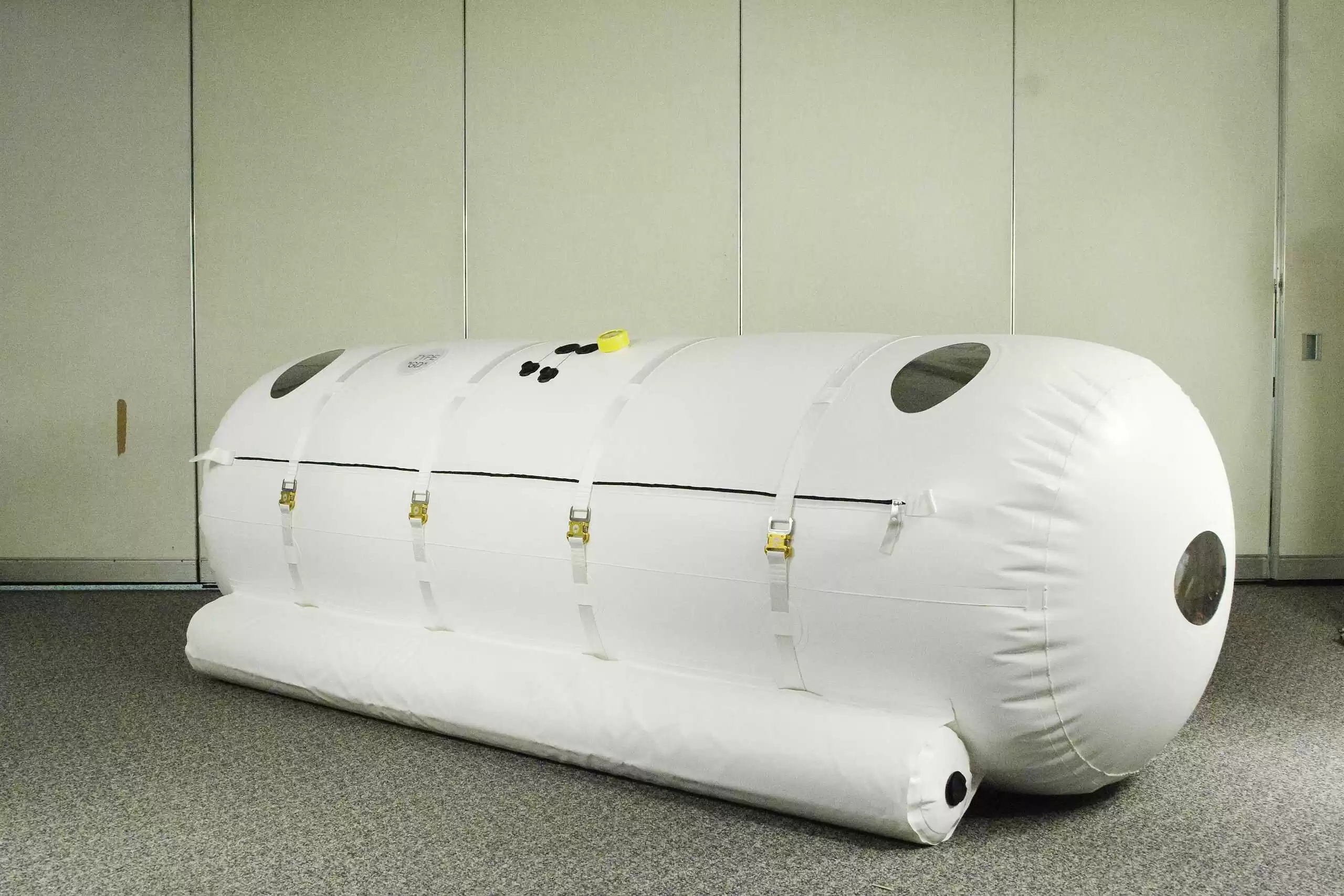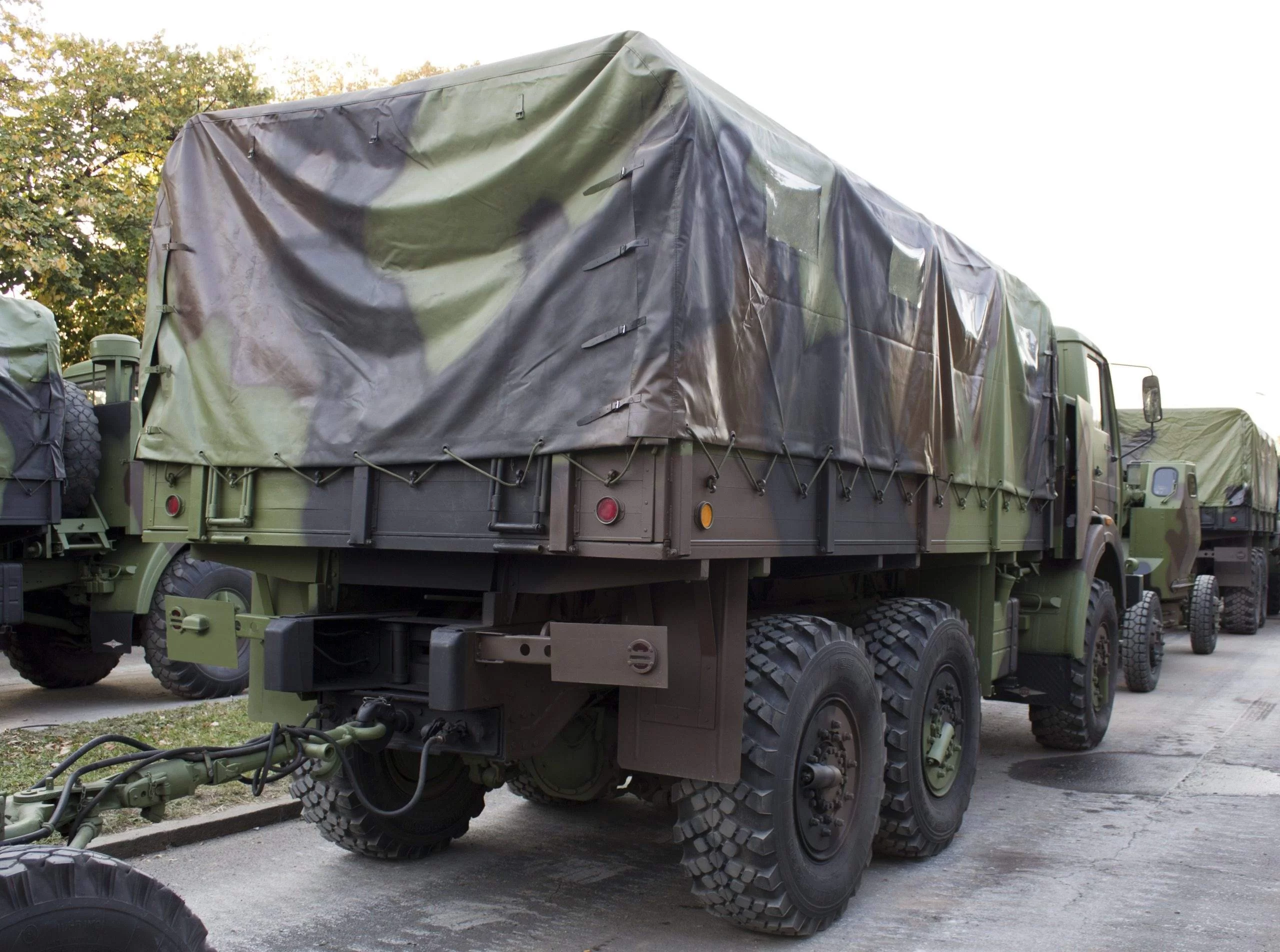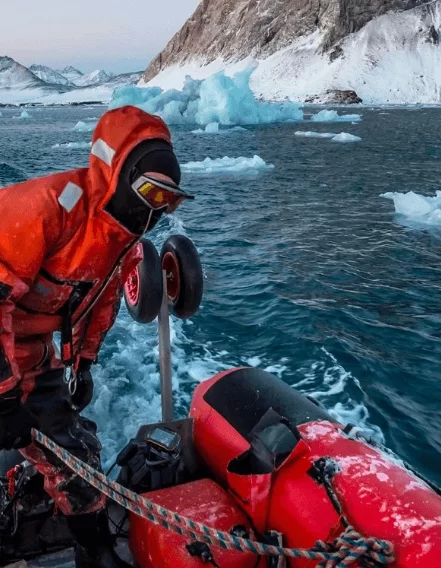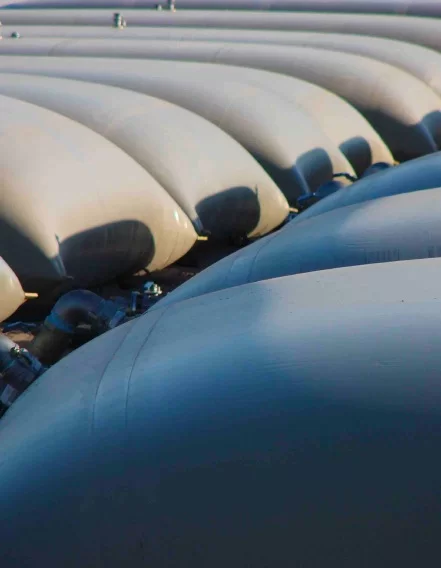Table of Contents
When Environment Meets Expectation: Why RIB Material Selection Matters
Rigid Inflatable Boats (RIBs) aren’t just vessels; they’re precision tools operating between ocean, weather, and engineering constraints. From commercial rescue crafts to weekend explorers, each use case brings demands: corrosion from salt, fading from UV, stress from speed, and safety from structural design.
At E Squared, we help manufacturers and designers pull back the curtain on what really matters when choosing TPU-coated textiles for RIB applications. Our survey-based approach ensures material choices align with real-world environments, performance needs, and design constraints—long before prototyping or production begins.
The RIB Textile Assessment: What to Ask Before Choosing Materials
To select a fabric that balances cost, durability, and performance, these are the foundational questions you should answer early in design:
Assessment Area
Key Questions to Consider
Operational Environment
- Is the RIB mostly in saltwater, freshwater, or both?
- How often will it be exposed to UV (daily, seasonal, constant)?
- What temperature extremes (cold/hot) or climate variations will be encountered? EREZ Technical Textiles
Performance Profile
- Tube diameter and shape
- Inflation pressure
- How tubes attach to hulls or frames
- Welding, bonding, or assembly method.
- Desired safety visibility / color retention EREZ Technical Textiles.
5 Key Performance Features to Match Your Survey Responses
Once you’ve answered the questions above, you can map your needs to fabric features. These are critical:
- Enhanced UV & Chemical Stability
If seawater, strong UV, or constant exposure is in your survey, you’ll need TPU compounds with advanced UV stabilizers and chemical resistance to prevent degradation, color loss, or brittleness over time. - Strength & Impact Resistance
High-speed or commercial RIBs need fabric with superior tear, puncture, and tensile strength. Fabric thickness, reinforcement, and coating adhesion play big roles here. - Flexibility & Fatigue Resistance
The fabric must repeatedly bend, expand, compress, and flex with waves and motion without delamination, cracking, or loss of air integrity. - Lightweight Construction
Larger tube diameters, higher pressure designs, or heavier loads all increase the material demands. But weight matters—for speed, fuel efficiency, and handling. Selecting lighter but high-performing grades of TPU can help. - Color Retention & Visibility
Bright, fade-resistant colors aren’t just for aesthetics—they enhance safety (visibility in rescue, SAR, etc.). UV fading, bleaching, or discoloration can reduce contrast and operational effectiveness.
How E Squared Helps You Make the Right Decision
We don’t believe in “one size fits all.” Here’s how E Squared assists in aligning your RIB design with the right textile solution:
- Survey-based material matching: We work with you on those operational & design questions early to narrow down the right TPU formulations.
- Technical data and testing support: Tensile, UV, chemical, impact, fatigue – we have test results so you know what you’re getting.
- Fabric customization & finishing options: UV coatings, reinforcements, color fastness, welding compatibility.
- Prototyping & iteration: Sample runs, small-batch tests to ensure your design responds well in practice, not just on paper.
Why E Squared Stands Out
Between manufacturing know-how, compliance knowledge, and textile science, E Squared brings together performance and reliability. We help brands avoid costly redesigns, material failures, or under-performing boats by getting material selection right the first time.
Ready to Get Surveyed & Specified?
Don’t wait until the water tells you where the design failed. Let’s work together to map your RIB design—or upcoming project—to the right TPU fabric that holds up in salt, sun, speed, and years.
Contact E Squared Technical Textiles to request a material selection survey, get sample swatches, or schedule a design-review consultation.

